How reliable will electricity be this winter?
For Ohio and PJM region, the outlook is reassuring—ample reserves and strong planning should keep the power on.
Read MoreReducing carbon emissions must not take priority over providing Ohioans reliable, affordable, safe electricity to power our lives, businesses, and economy. It’s a matter of public health and safety.
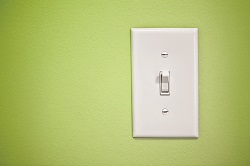 “We can no longer take 24/7 availability of electricity for granted,” said Pat O’Loughlin, president-CEO of not-for-profit Ohio’s Electric Cooperatives. “Ohioans expect the lights to come on when they flip a switch and it’s our job to make sure it does.” But that job is harder today, especially during extreme weather. The reliability of electricity and the resiliency of the nation’s electric grid are at risk—and it’s getting worse as more electric cars hit the road.
“We can no longer take 24/7 availability of electricity for granted,” said Pat O’Loughlin, president-CEO of not-for-profit Ohio’s Electric Cooperatives. “Ohioans expect the lights to come on when they flip a switch and it’s our job to make sure it does.” But that job is harder today, especially during extreme weather. The reliability of electricity and the resiliency of the nation’s electric grid are at risk—and it’s getting worse as more electric cars hit the road.
The local co-ops that distribute electricity do a great job. So do the plants that generate and transmit power to Ohio’s co-ops, but there aren’t as many plants producing reliable, affordable electricity across Ohio today.
In 2009, Ohio had 21 coal plants—today there are four. Costly EPA regulations forced many to close prematurely.
Natural gas plants helped fill the gap, but the EPA is coming after natural gas, too. Nuclear power plants take decades and billions of dollars to build.
Wind farms and solar arrays cover Ohio. They’re a key part of the power generation mix for Ohio’s electric cooperatives but they’re intermittent resources—meaning they’re only available when the wind is blowing, and the sun is shining. They’re not always available on-demand, like coal.
On a very cold day when the need for electricity is high and supply is low, the nation’s electric grid is less resilient, and the risk of forced rolling power outages increases.
Having an energy efficient home or business is a start. Conserving energy during extreme cold or heat also helps keep electricity reliable.
Keeping coal and natural gas in the generation mix with renewables, also keeps electricity reliable.
Balancing reliability and environmental responsibility ensures electricity will be there when Ohioans need it most. Ohio’s Electric Cooperatives have spent over $1 billion in carbon emissions reducing technology and will continue to innovate. However, reducing carbon emissions must not take priority over providing Ohioans reliable, affordable, safe electricity to power our lives, businesses, and economy. It’s a matter of public health and safety.
Ohio’s Electric Cooperatives is a not-for-profit statewide organization, who along with Buckeye Power, a not-for-profit generation and transmission cooperative, serves 25 member-owned electric cooperatives, who distribute electricity to 380,000 homes and businesses in 77 of Ohio’s 88 counties.
Caryn Whitney is Ohio’s Electric Cooperatives director of communications.


For Ohio and PJM region, the outlook is reassuring—ample reserves and strong planning should keep the power on.
Read More

AFBF President Zippy Duvall discusses the importance of policy development and OEC talks about Ohio’s winter energy season.
Read More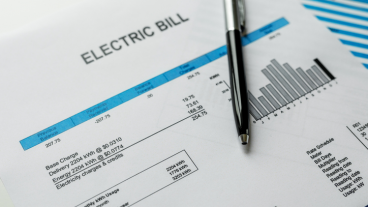

Ohio’s HB15 is aimed at attracting generation investment but it takes time and money—and could keep big electric bills around for the short term.
Read More
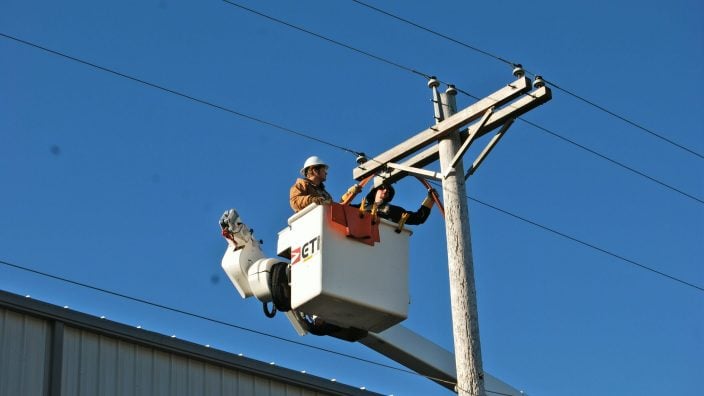
Learn about peak alerts and why they matter, plus, find out about one way to help mitigate unforeseen weather events to help protect livestock operations.
Read More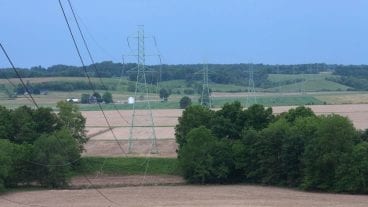

Hear from the CEO of Ohio’s Electric Cooperatives about what recent energy policy changes mean for the state’s electric grid.
Read More

Ohio’s Electric Cooperatives recommend safe energy conservation during extreme cold snaps to help alleviate demand.
Read More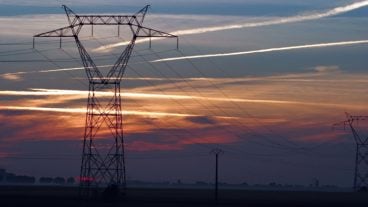
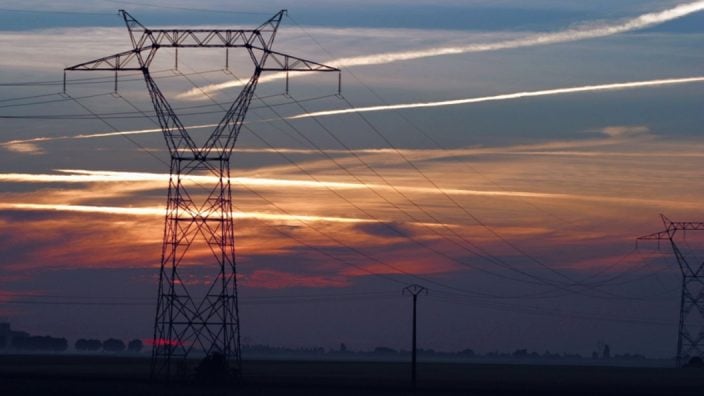
How will Ohioans fare should we have an extreme cold event that will put a heavy strain on the power grid, and what can we do to prepare for brutal conditions?
Read More

Family matters can get messy, especially when a new member joins that family. How are those details ironed out and why is the process so important? Learn more about that and Ohio electricity’s future.
Read More
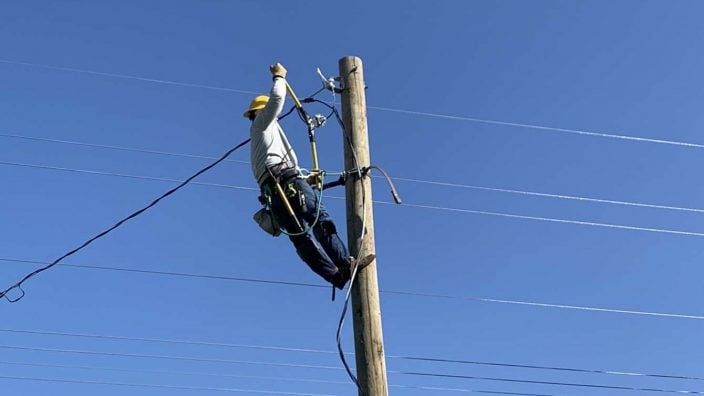
A new EPA rule that would further impact the reliability and affordability of electricity to Ohioans was recently released.
Read More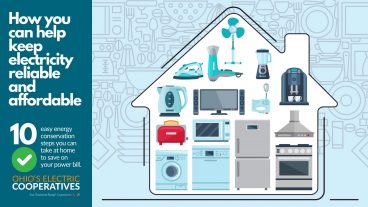
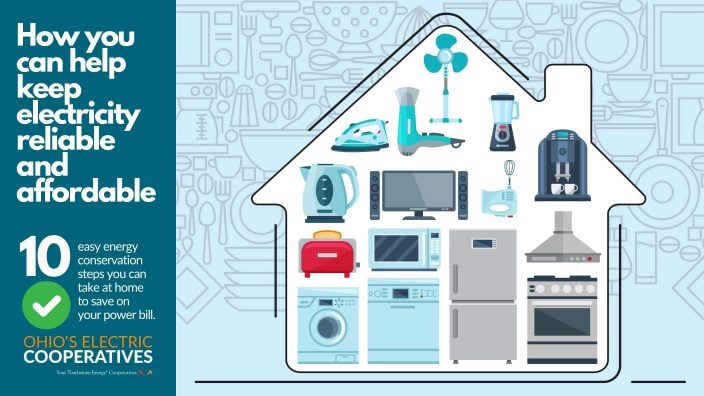
How Ohioans can help increase the reliability of electricity at home?
Read More